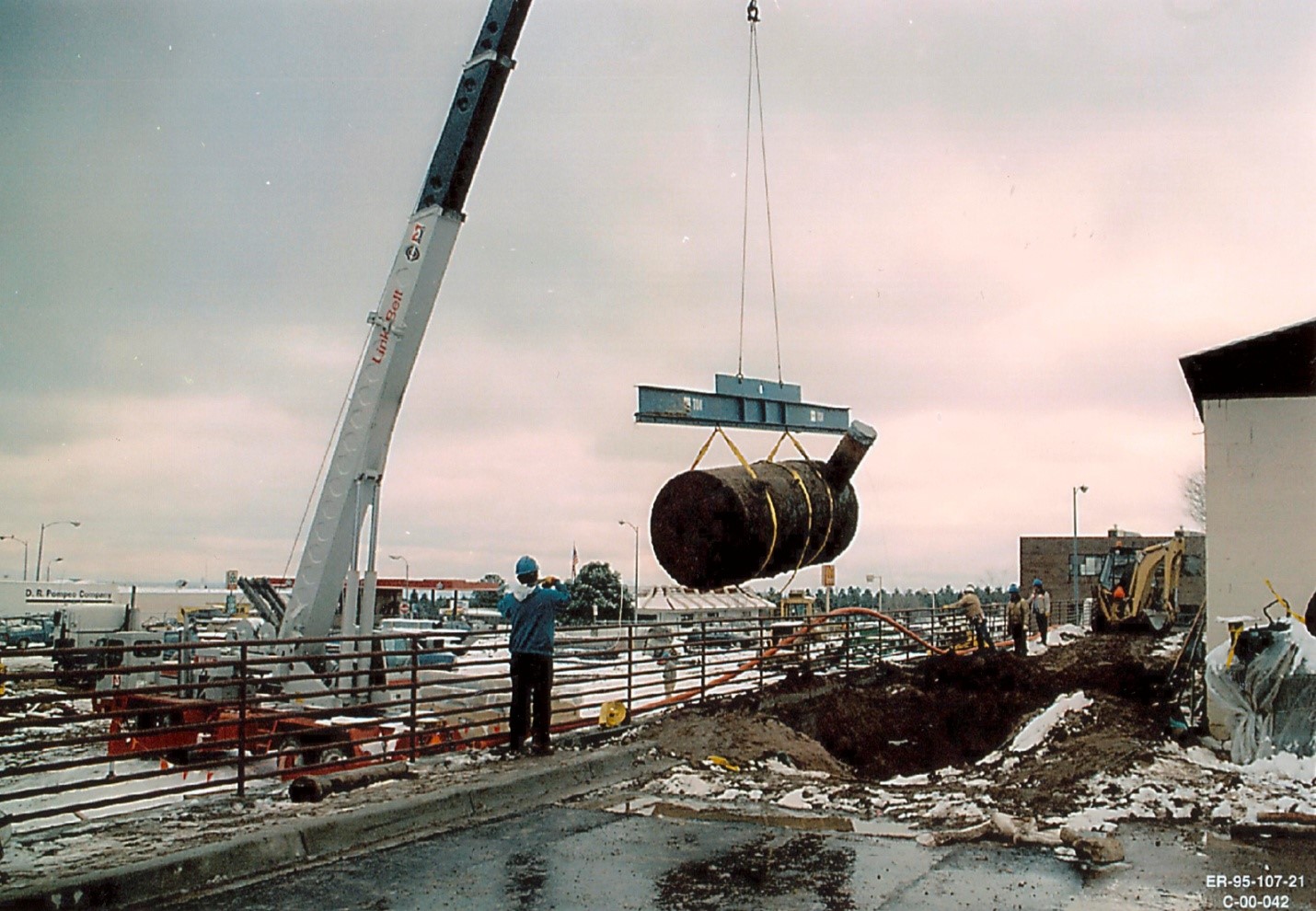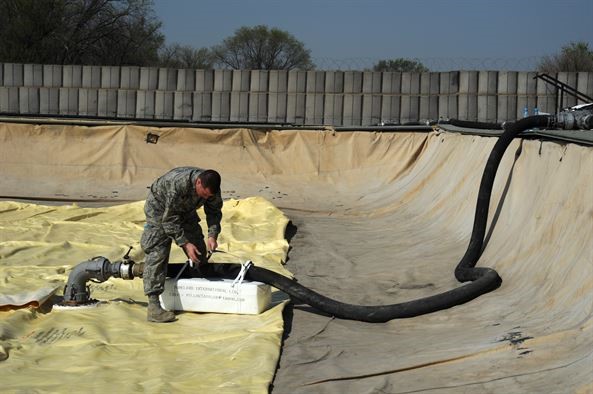The Importance of Oil Tank Removal Services
Decommissioning and removing an oil tank is no simple task. Leaving aside the physical challenges (and they are considerable), there is a large body of law and practice which the government insists on. So this really isn’t a DIY job: you need a specialist environmental service provider who can comply with all the relevant requirements.

Some local authorities blithely state that empty oil tanks can go to their recycling centres. However, they then go on to admit that since the tanks are very large and won’t fit into the recycling bins, they must be completely drained and broken up into small pieces. Not terribly helpful, because if you could do all of that yourself, you wouldn’t need the help of a contractor.
Guidelines for Tank Decommissioning, Including Bottoming
Tanks are prone to rust, which means that they will eventually corrode and fail. Any contents will then leach into the soil and possibly into ground water, putting you as owner at risk of action for pollution offences.
The government has a whole set of guidelines on tank decomissioning by companies such as http://www.ashremediation.co.uk/tank-decommissioning/, and these apply whether the decomissioning is temporary (until you install another tank) or permanent.
The government classifies “bottoming” – removing the remaining fuel in a tank – as a risky activity. The oil has to go to an authorised waste facility, and none must be spilled. Once the tank is empty, any gases or vapours remaining have to be removed by filling the tank with water or inert gases. If water is used, disposal has to be by agreement to a proper facility or permitted sewer.

Groundwater Sampling
Before and after removal of the tank, soil and groundwater need to be sampled for subsurface contamination. If there is any contamination, then a risk assessment will probably be needed, and you’ll need appropriate investigations to determine how to deal with the contamination.
While the tank is being removed, you have to keep surface water out. Any water that gets in immediately becomes hazardous waste and has to be disposed of appropriately.
Even after the tank is decommissioned, you need to ensure that any drainage systems that are still in use can’t provide a channel for contaminants to get into the groundwater or into any nearby wetlands, rivers, streams and lakes.

